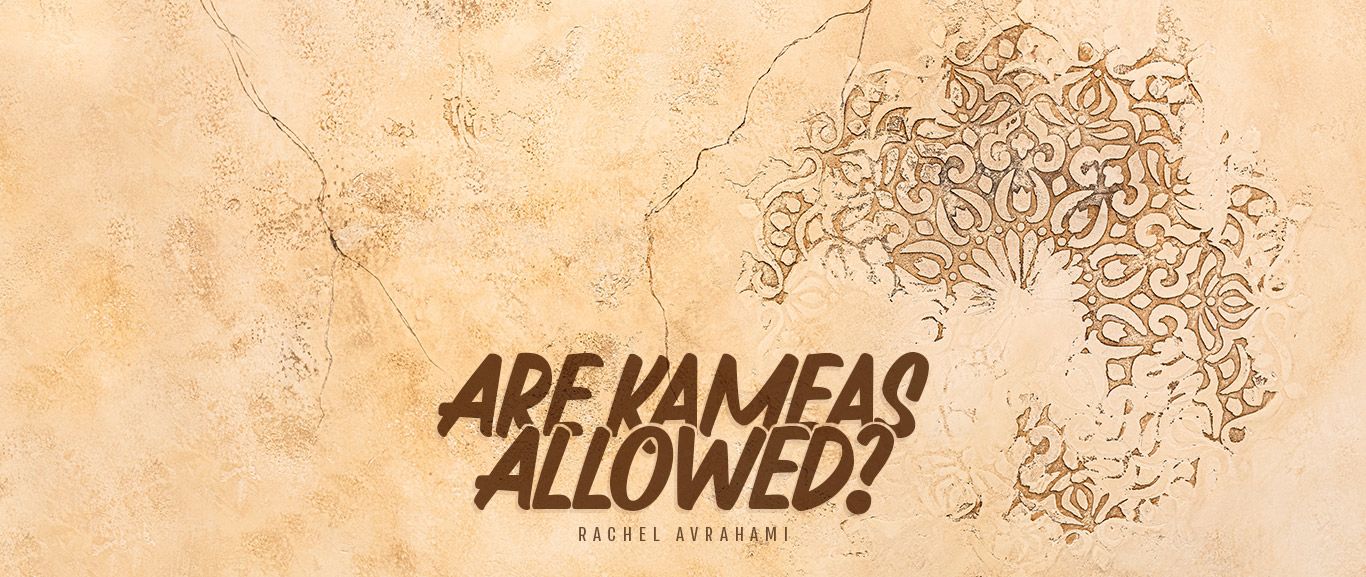
Are Kameas Allowed?
A reader asks, “Are Kameas allowed?” Are they some sort of magic or Avodah Zarah? Where do they fit into Breslev tradition? How can you properly use them?

I am a bit confused because I thought Kameas (amulets) were not allowed? I read some time in the past that they are forbidden because in some way they fall under the Avodah Zarah (idol worship) category. And recently I read Folly and Faith by Rabbi Yaakov Hillel and he more or less says the same.
DP, Amsterdam
In Breslev, we definitely use Kameas. We have the one you received with Tikkun Klali inside, which is a special gift for donors (contact us at donations@breslev.co.il if you’re interested, it’s not on our website), and the other important one is the Silver Likutei Moharan Pendant with the Likutei Moharan microfilmed inside. Most of the yeshiva wears that, including Rabbanit Arush. She is the one designing Kameas all the time, in fact… and then we have the current special protection Kamea that Rabbi Arush wrote. You can email donations@breslev.co.il to get that sent to you as well.
Rabbi Yaakov Hillel, Shlita is a big Kabbalist and he is trying to stop the whack jobs and various fakes that make themselves around the community.
However, the concept of a Kamea from a tzaddik goes back to the Baal Shem Tov, if not before.
Back then, there also were other tzaddikim against the concept:
There is a story that another tzaddik decreed that the Kameas of the Baal Shem Tov should not work, and they stopped working because in Heaven they accepted the decree of that tzaddik. The Baal Shem Tov traveled to the other tzaddik and begged him, “I give these to people to help them. Why did you pray for them to stop working?” The other tzaddik said, “We’re not allowed to use Kabbalah in this way!” The Baal Shem Tov opened one of the Kameas he had written for someone – inside it simply said his name “Rabbi Yisrael ben Sara.” The tzaddik saw that the Baal Shem Tov was indeed not using special Kabbalistic formulations inappropriately, and was shocked! And decreed that the Kameas should work again – and they did.
The key is that like everything else, you cannot believe in anything besides Hashem. I just wrote an article about this called Why Isn’t Chomesh Working?, which I suggest you read too, since it explains this answer from another angle. Whether it’s a Kamea, or charity, or even thanking Hashem, or ANYTHING – EVERYTHING must be used with emuna in Hashem. Nothing has power besides Him and He can give power to anything. Everything is for our best.
You can’t make something “work” if Hashem doesn’t want. So, if you believe that something has independent power, then it’s avoda zara – whatever “it” is. But if you believe in a Kamea because you believe that Hashem chooses to give it strength based on the merit of the tzaddik, then your emuna in the tzaddik is what makes it “work” and it’s not avoda zara, because you’re believing in Hashem and the tzaddik and not “the thing.”
A simple example: If you think to yourself, “OK, kamea, you had better work today – it’s dangerous out!”, then that would be idol worship. But if you think to yourself, “Please, Hashem, protect me today in the merit of the tzaddik. Please help me to guard my eyes (if a man)/guard my modesty and let no man look at me or lust after me (if a woman). Please help me follow all of the tzaddik’s advice today. I’m in Your Hands only!” while holding the Kamea – then it’s a merit!
There is another story from the Baal Shem Tov which also displays this concept:
There was a young man who kept having fearsome things happening to him when he was in the forest chopping wood, which was his profession. He was very afraid and went to the Baal Shem Tov, who wrote him a kamea and told the man to be very careful never to go to the forest without it. One day the man was going to chop wood and realized that he had forgotten the kamea! He was already very close to the forest and running very late, and decided to chop wood anyway. A tree fell on him, and he died…
This story doesn’t only show us the power of a kamea by the Baal Shem Tov. It also shows that even with its power, everything is from Hashem. This man was supposed to pass from this world on that particular day – that’s why he forgot the kamea.
It’s possible that if his belief in the tzaddik had been stronger, then he would have refused to go against the Baal Shem Tov’s direct order to never go without it no matter what, and that might have just saved him from the decree of death that day. Most people truly do not fathom how much power tzaddikim have to help us change decrees in Heaven! Nor do they fathom what a merit it is to believe in the tzaddik and follow the tzaddik. That’s what a pidyon nefesh is all about as well. And that’s part of why Rebbe Nachman says we have to pray each and every day to come closer to the true tzaddik of the generation.
In any case, the man went to the forest anyway, and you see that Hashem works it so that His will is what happens in the end all and be all. You can’t get around Hashem. Ein od milvado – G-d is the only power, and He gives power to the tzaddikim.
As long as you believe that, then enjoy your kamea!
***
Rachel Avrahami grew up in Los Angeles, CA, USA in a far-off valley where she was one of only a handful of Jews in a public high school of thousands. She found Hashem in the urban jungle of the university. Rachel was privileged to read one of the first copies of The Garden of Emuna in English, and the rest, as they say, is history. She made Aliyah and immediately began working at Breslev Israel.
Rachel is now the Editor of Breslev Israel’s English website. She welcomes questions, comments, articles, and personal stories to her email: rachel.avrahami@breslev.co.il.
***
If you also have a “Say Thank You and See Miracles” story you would like to share, please send it to us! Stories may be posted on our website anonymously and sent to Rabbi Arush.
Please email rachel.avrahami@breslev.co.il with your story.





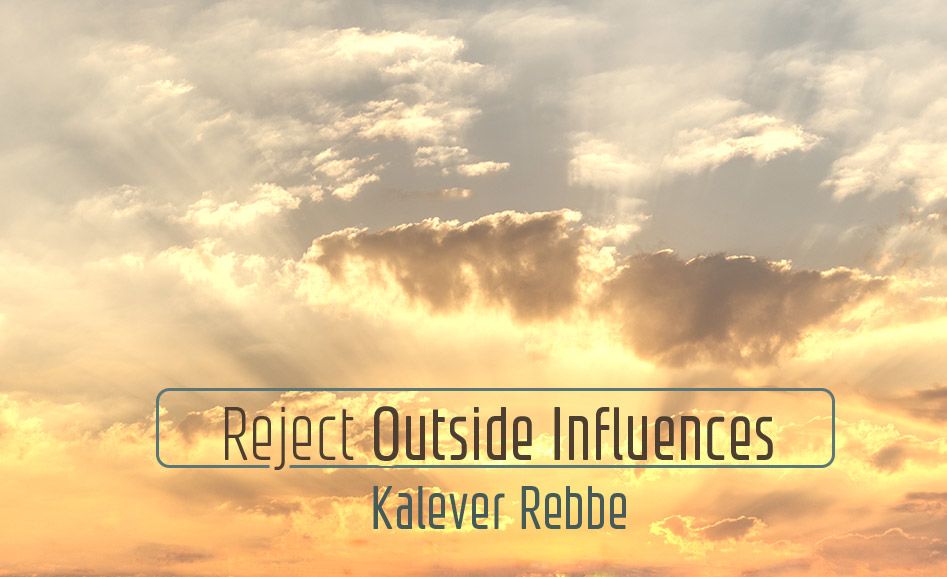

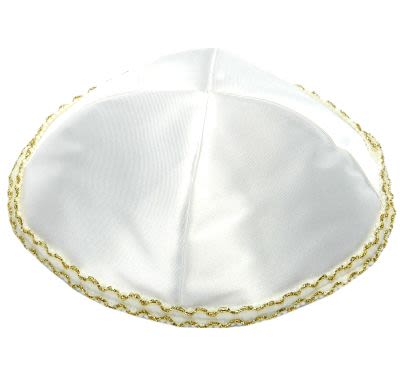
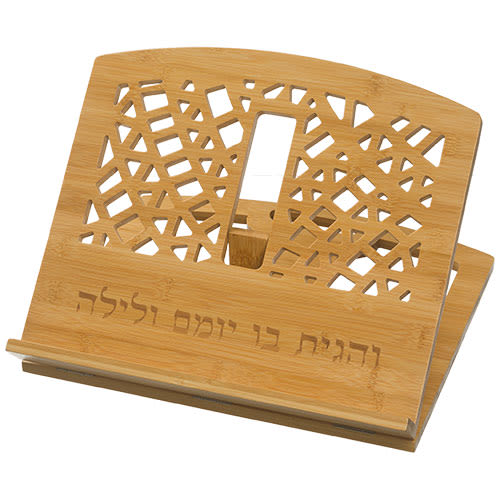
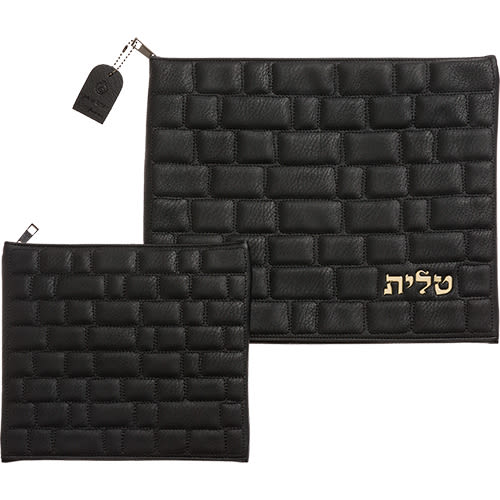


Tell us what you think!
Thank you for your comment!
It will be published after approval by the Editor.